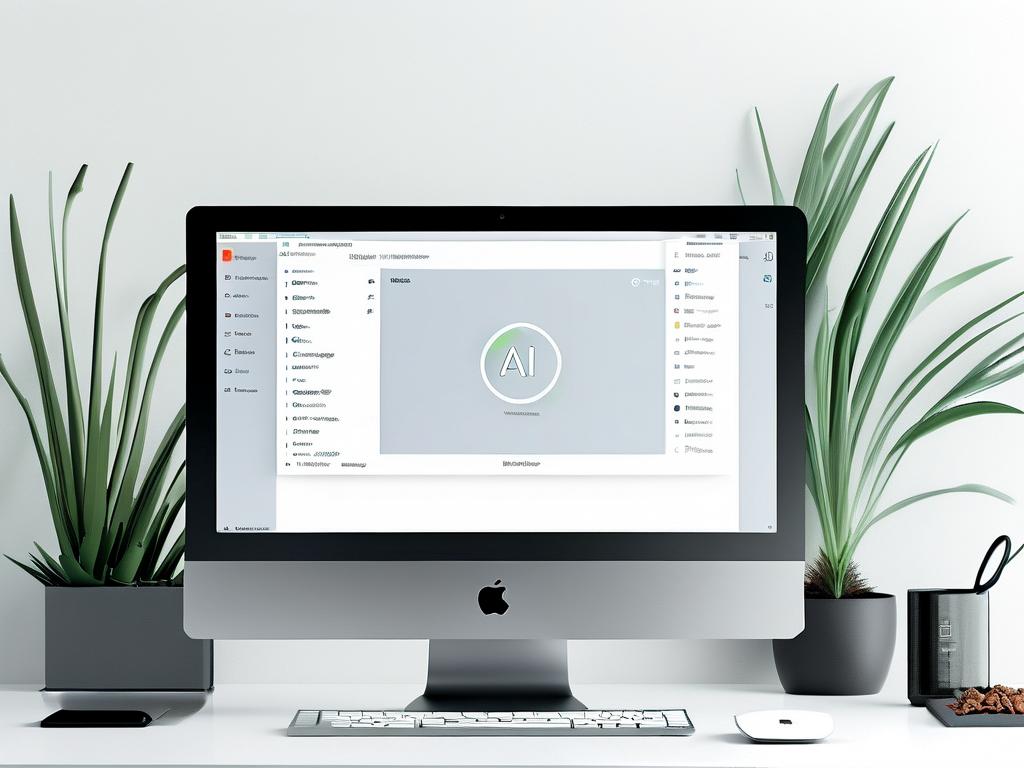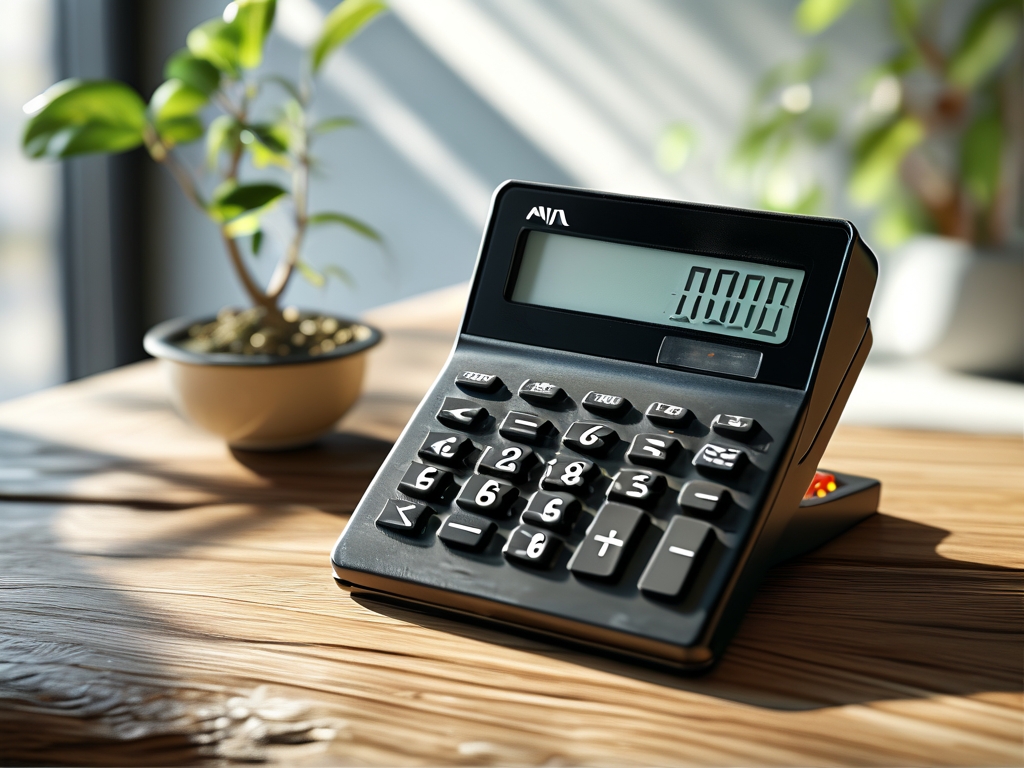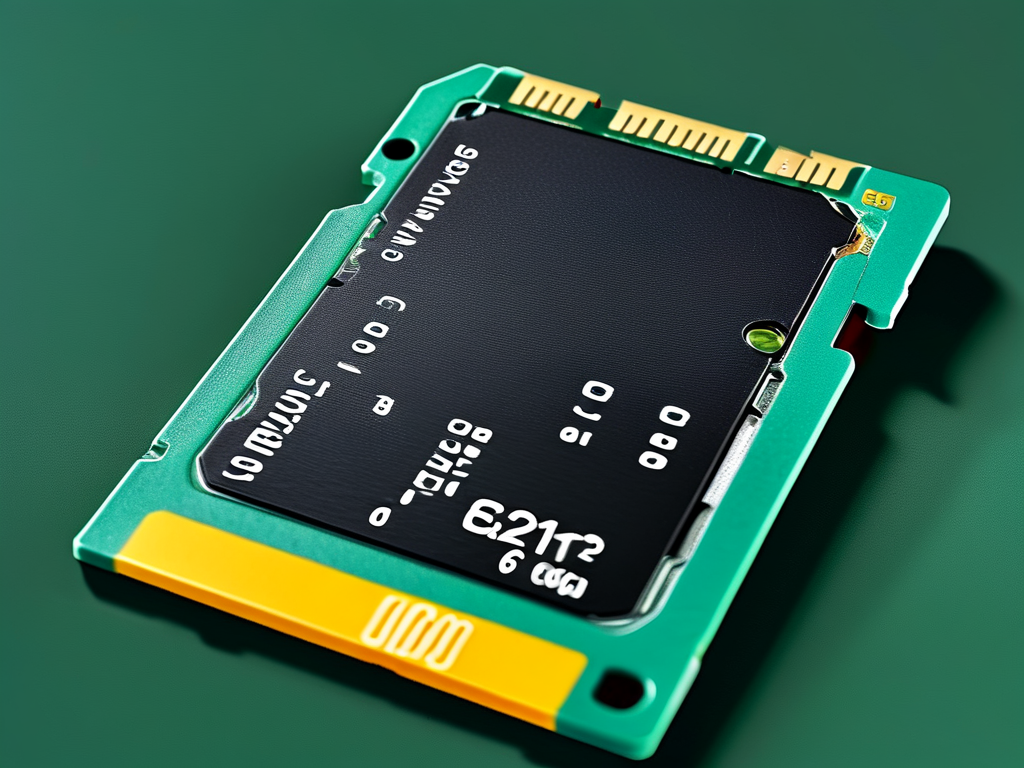In the age of digital photography, managing photos stored on memory cards has become both essential and challenging. Whether you're a professional photographer or a casual smartphone user, losing precious memories due to poor organization or technical failures can be devastating. This article explores practical methods to streamline your photo management process while minimizing risks.

First, establish a consistent folder structure. Create date-based directories (e.g., "2024-07_BeachVacation") directly on your memory card. This approach simplifies chronological sorting and prevents file duplication. For professionals, adding client codes or project names enhances specificity. Always format memory cards in-camera before reuse to maintain file system compatibility and reduce corruption risks.
Second, implement a dual-backup routine. Immediately transfer photos to a computer or external drive after each shooting session, but keep the original files on the memory card until the backup is verified. Cloud storage services like Google Photos or iCloud provide additional security layers. Consider using portable SSD drives for field backups when internet access is limited.
Third, leverage metadata effectively. Enable timestamp preservation in your camera settings and use photo management software like Adobe Lightroom to add keywords and ratings. This creates searchable tags for quick retrieval – try combining location markers ("Paris_EiffelTower") with content descriptors ("Sunset_Portrait").
Fourth, conduct regular maintenance. Every three months, perform these actions:
- Check card health using tools like H2testw
- Delete unwanted files (blurry shots, duplicates)
- Update folder structures
- Refresh backups
For damaged cards, stop using them immediately. Use data recovery software like Recuva before attempting repairs. Professional recovery services may be needed for physically damaged units.
Optimize storage capacity by shooting in compressed formats like JPEG for casual use, reserving RAW files for professional edits. Enable in-camera deletion protection to prevent accidental loss. When handling multiple cards, use labeled cases and maintain a usage log tracking write cycles.
Advanced users can create custom scripts for automated organization. For example, a Python script could rename files using EXIF data:
import exifread
with open('photo.jpg', 'rb') as f:
tags = exifread.process_file(f)
date = tags['EXIF DateTimeOriginal'].values.replace(':', '-')
new_name = f"{date}_photo.jpg"
Always keep memory cards in protective cases when not in use. Avoid exposing them to extreme temperatures or magnetic fields. For long-term storage (>6 months), transfer files to archival-grade media and refresh storage devices every two years.
By implementing these strategies, you'll transform chaotic digital collections into well-organized visual libraries. The key lies in developing personalized workflows that balance thoroughness with efficiency. Start with basic folder structures and gradual y incorporate advanced techniques as your needs evolve. Remember: effective photo management isn't about perfection – it's about creating systems that make your visual assets secure, accessible, and meaningful over time.








